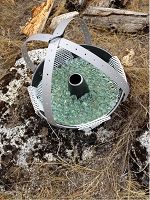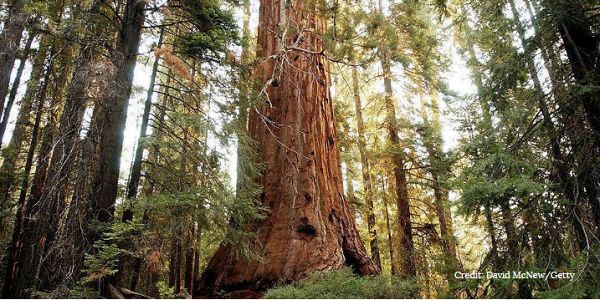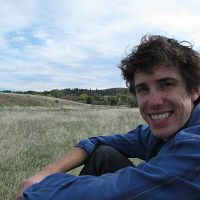Gobi Desert Dust Helps Sustain California’s Sierra Nevada
Originally published by Seeker on March 28, 2017
After the conservationist John Muir devotedly hiked the Sierra Nevada mountain range in the late 19th century, he penned some of the greatest American nature writing ever put to paper and launched the Sierra Club, which remains one of the most influential members of the nation's conservation movement.
Thanks to his efforts and those of generations that followed, the wild beauty of Muir's beloved Sierra Nevada and its giant sequoias continues to thrive, albeit with a much greater amount of stress due to human-caused climate change. But new research suggests an unlikely ally in the preservation of Muir's iconic muse.
Credit, it seems, must be given to dust.
In a paper published today in the journal Nature Communications, a team of researchers found that dust provides a much greater amount of nutrients to vegetation in the Sierra Nevada than previously thought. The dust comes from as far away as the Gobi Desert in Central Asia and as nearby as California's Central Valley.
To continue reading this articel from Seeker click here.
Credit: David McNew/Getty
News Source:
READ MORE from Seeker >>
News Category:
RESEARCH |
INFRASTRUCTURE |
DATA |
MODELS |
PUBLICATIONS |
PEOPLE |
AWARD |
EDUCATION/OUTREACH |
OPPORTUNITIES
People Involved
CZO
-
Sierra, COLLABORATOR
-
Sierra, INVESTIGATOR
-
Sierra, INVESTIGATOR
-
Sierra, GRAD STUDENT
-
Calhoun, Sierra, COLLABORATOR
Discipline Tags and CZOs
Biology / Ecology
Biology / Molecular
Geomorphology
Soil Science / Pedology
Geochemistry / Mineralogy
Sierra
Explore Further










